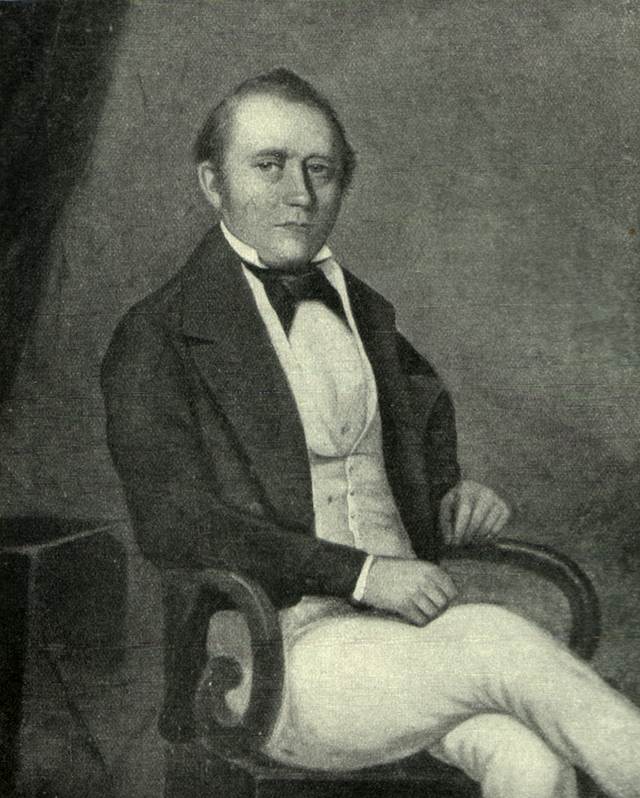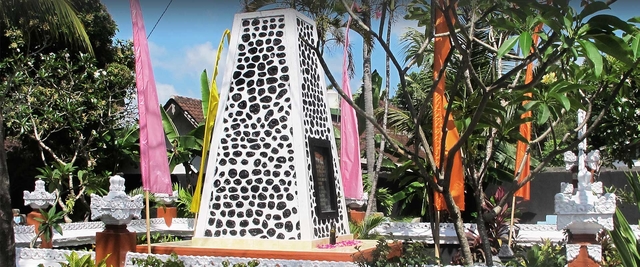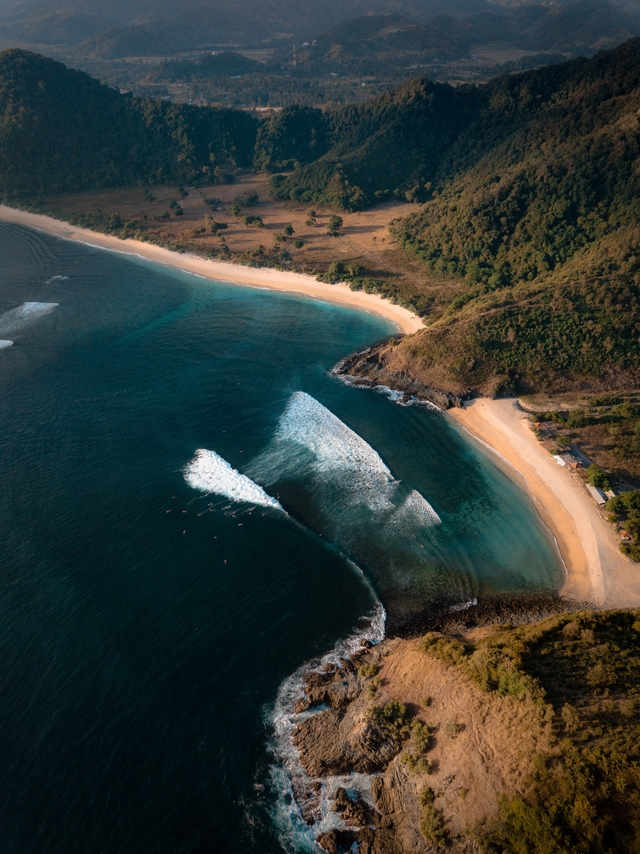Singapore's Interest
Dr. Medhurst's vivid report on the living conditions in Bali in 1830 gained a wide audience thanks to an article originally published in obscure church journals.
Bali was already becoming known to the international world of traders and travelers, including the ships of English and American whalers, which were beginning to frequent the waters adjacent to Bali and sometimes ventured ashore to procure provisions in port cities or hunt deer and banteng in the mountains.
The newly established English colony of Singapore, which eventually became the destination for many of these travelers and from which many of them originated, was particularly interested in its neighbor. Therefore, Medhurst's report was soon published in Singapore.

Entrepreneurs from Singapore made uncertain attempts to establish themselves in other parts of the Indonesian archipelago, not just in Batavia and Surabaya, where some English merchants managed to stay in business even after Raffles returned Java to the Dutch.
The Singaporean concern Dalmeida and Company, owned by Portuguese proprietors, was particularly active. It frequently sent ships to Bali and possibly maintained a permanent European or Eurasian agent in neighboring Lombok for some time.
The firm Morgan, King and Company, based in Batavia and Surabaya, a venture of a pair of English traders from Bengal, also traded across all the eastern islands.
One of the most aggressive Western traders in Asian waters at that time was Scottish sea captain John Burd, who joined the Danish East India Company to trade under the Danish flag in Singapore, Macau, Canton, Batavia, and wherever profit could be made.
John Burd and Mads Lange on Lombok.

Captain John Burd hired an especially energetic and promising young Dane, Mads Lange, as one of the officers on his ship and soon made him a business partner.
Lange undertook several voyages with Burd or following him to the East, and he persuaded his younger brothers, Hans, Carl Emilius, and Hans Henrik, to join him.
In late 1833, Captain Burd embarked on a journey to China and India aboard the armed 800-ton trading ship de Zuid, with Mads Lange as his first mate and the three other Lange brothers as members of the ship's company. In early 1834, de Zuid visited Lombok and, presumably, Bali.

It was decided that Mads Lange would establish a permanent trading post on the shores of Lombok as the center of regional trade, a venture to be developed by John Burd.
The pair established their own fleet, managed by the three younger Lange brothers and other adventurers.
The enterprise met with instant success. Lombok proved to be a fortunate choice as a trading hub. It was strategically located on a direct maritime route between Singapore and Australia, where intensive movement was beginning.

Lombok was rich in rice and other local products that were in high demand in the region.
Lombok proved to be a convenient supply center for ship captains who preferred to avoid accusations and suspicious scrutiny from the Dutch in ports such as Batavia and Surabaya.
Mads Lange developed a close relationship with the rajah, took up a position as the head of the port in the harbor town of Ampenan, established a factory (trading post), founded a shipyard, and soon became a man of such wealth and influence that he became known as the "White Rajah of Ampenan."
Translation from the book "A Brief History of Balinese Piracy, Slavery, Opium, and Weapons: A History of Island Paradise" by Hannah Willard
To be continued…
You can add one right now!